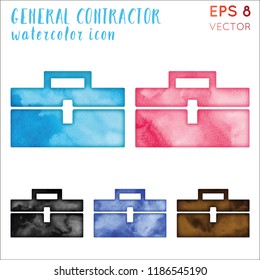Comprehending Seasonal Influences On Commercial Outside Paint: Important Understanding For Success
Comprehending Seasonal Influences On Commercial Outside Paint: Important Understanding For Success
Blog Article
Writer-Burnham Celik
When you're preparing a business external painting task, seasonal factors can make or damage your outcomes. You'll intend to take into consideration exactly how temperature level and humidity effect paint application and drying times. Selecting the ideal period can ensure your paint sticks correctly and lasts much longer. But which seasons are truly the best for this sort of job? Let's check out the key elements that can affect your project's success.
The Influence of Temperature on Paint Application
When you're planning an industrial external painting job, the temperature level can considerably impact how well the paint adheres and dries.
Ideally, you intend to repaint when temperature levels range in between 50 ° F and 85 ° F. If it's as well cool, the paint may not heal effectively, leading to issues like peeling or splitting.
On the other side, if it's too warm, the paint can dry out also promptly, stopping correct bond and leading to an unequal surface.
You must also consider the moment of day; early morning or late afternoon offers cooler temperature levels, which can be more desirable.
Constantly check the maker's recommendations for the details paint you're making use of, as they usually give support on the suitable temperature range for ideal outcomes.
Humidity and Its Effect on Drying Times
Temperature level isn't the only ecological factor that influences your commercial exterior painting project; moisture plays a significant function also. High moisture levels can reduce drying times substantially, affecting the total top quality of your paint work.
When the air is filled with moisture, the paint takes longer to cure, which can bring about problems like poor bond and a higher threat of mildew growth. If you're repainting on an especially humid day, be prepared for extensive delay times in between layers.
https://www.housebeautiful.com/home-remodeling/renovation/a26801649/painting-ceilings-tips/ to keep track of local climate condition and plan appropriately. Preferably, aim for moisture degrees between 40% and 70% for ideal drying.
Maintaining these factors in mind ensures your project remains on track and delivers an enduring surface.
Best Seasons for Commercial Outside Paint Projects
What's the most effective time of year for your business external painting projects?
Springtime and early fall are commonly your best options. During these seasons, temperatures are mild, and moisture levels are typically reduced, developing perfect conditions for paint application and drying out.
Stay clear of summer's intense heat, which can cause paint to completely dry also swiftly, leading to inadequate attachment and surface. Similarly, winter's cold temperature levels can impede proper drying and healing, taking the chance of the longevity of your paint job.
Aim for days with temperature levels in between 50 ° F and 85 ° F for ideal outcomes. Keep in mind to check the local weather forecast for rainfall, as wet problems can ruin your project.
Preparation around these variables ensures your painting job runs smoothly and lasts much longer.
Conclusion
Finally, preparing your business outside paint projects around seasonal factors to consider can make a significant distinction in the end result. By pop over here throughout the perfect temperature levels and humidity levels, you'll make certain far better adhesion and drying times. Remember to keep an eye on regional weather forecasts and select the right time of year-- springtime and very early fall are your best choices. Taking these actions will assist you attain a resilient and specialist surface that lasts.
